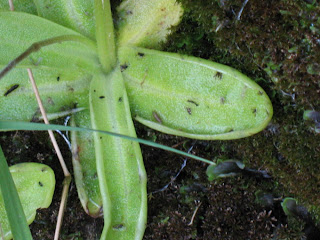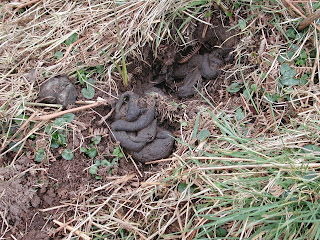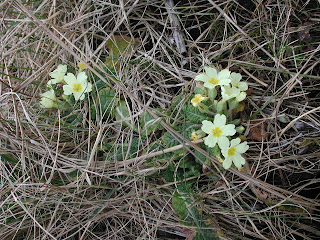

There are hundreds, probably thousands of the caterpillars of Painted Lady in spinnings on thistles all along the coast here on the Llyn this year. Mainly on Cirsium vulgare (Spear Thistle) but also on C.arvense (Creeping or Field Thistle). These are bred from eggs laid by the huge influx of migrant Painted Ladies which arrived earlier in the summer. Sadly the adults cannot survive our winters but at least we should have good numbers of the adults flying until early autumn at least
No insects of any sort moving here today as we are battered in yet another severe westerly gale with torrential rain.....what happened to the dry hot bbq summer the met office forecast earlier this year !








.JPG)

































